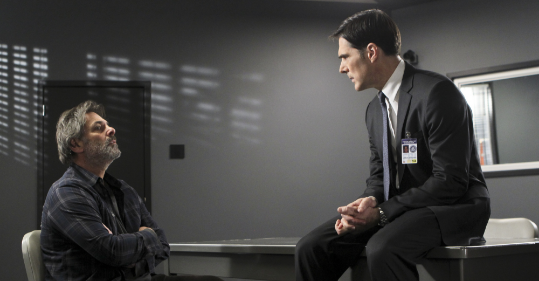In the realm of investigative techniques, questioned documents and eavesdropping equipment play pivotal roles in uncovering facts and truths that may otherwise remain concealed. These two fields, though seemingly distinct, share a common goal: to provide critical insights and evidence in various legal and investigative contexts.
Questioned Documents: Decoding the Written Word
Questioned documents refer to any material that may contain handwriting, signatures, typewriting, or other marks whose authenticity is disputed or under scrutiny. This field relies heavily on forensic analysis to determine the origin, authenticity, or alterations of such documents. Experts in questioned documents meticulously examine ink, paper, and writing styles to ascertain whether a document is genuine, forged, or tampered with—a process crucial in legal proceedings, fraud investigations, and historical document authentication.
Eavesdropping Equipment: Listening Beyond Words
On the other hand, eavesdropping equipment encompasses a range of sophisticated tools designed to intercept, record, or analyze audio communications. From surveillance microphones to advanced signal-processing software, this technology enables investigators to capture conversations and sounds that are often crucial for gathering evidence. Eavesdropping equipment is employed in law enforcement, intelligence operations, and private investigations to monitor activities, uncover clandestine operations, or validate suspicions in sensitive matters.
The Convergence: Enhancing Investigative Capabilities
The synergy between questioned documents and eaves dropping equipment amplifies investigative capabilities significantly. For instance, a suspected fraudulent contract might undergo both handwriting analysis and voice recognition from recorded conversations to establish a comprehensive profile of involved parties. Similarly, in cases of corporate espionage or intellectual property theft, combining document scrutiny with audio surveillance can provide a holistic view of the activities in question.
Legal and Ethical Considerations
While these tools are indispensable in investigations, their use is governed by stringent legal and ethical guidelines. Privacy concerns, chain of custody protocols, and admissibility in court are paramount considerations in both questioned documents and eavesdropping investigations. Adhering to these standards ensures that evidence obtained through these means withstands scrutiny and upholds justice.
Conclusion
In conclusion, questioned documents and eavesdropping equipment represent integral components of modern investigative practices. Their ability to unveil hidden truths and provide corroborative evidence underscores their importance in legal proceedings and investigative operations worldwide. By harnessing the expertise of forensic document examiners and audio surveillance specialists, investigators can navigate complex cases with clarity and precision, ultimately ensuring justice prevails.
Whether scrutinizing a handwritten will or deciphering covert conversations, the marriage of questioned documents and eavesdropping equipment continues to push the boundaries of investigative science, revealing insights that shape outcomes and protect rights in a complex world.




